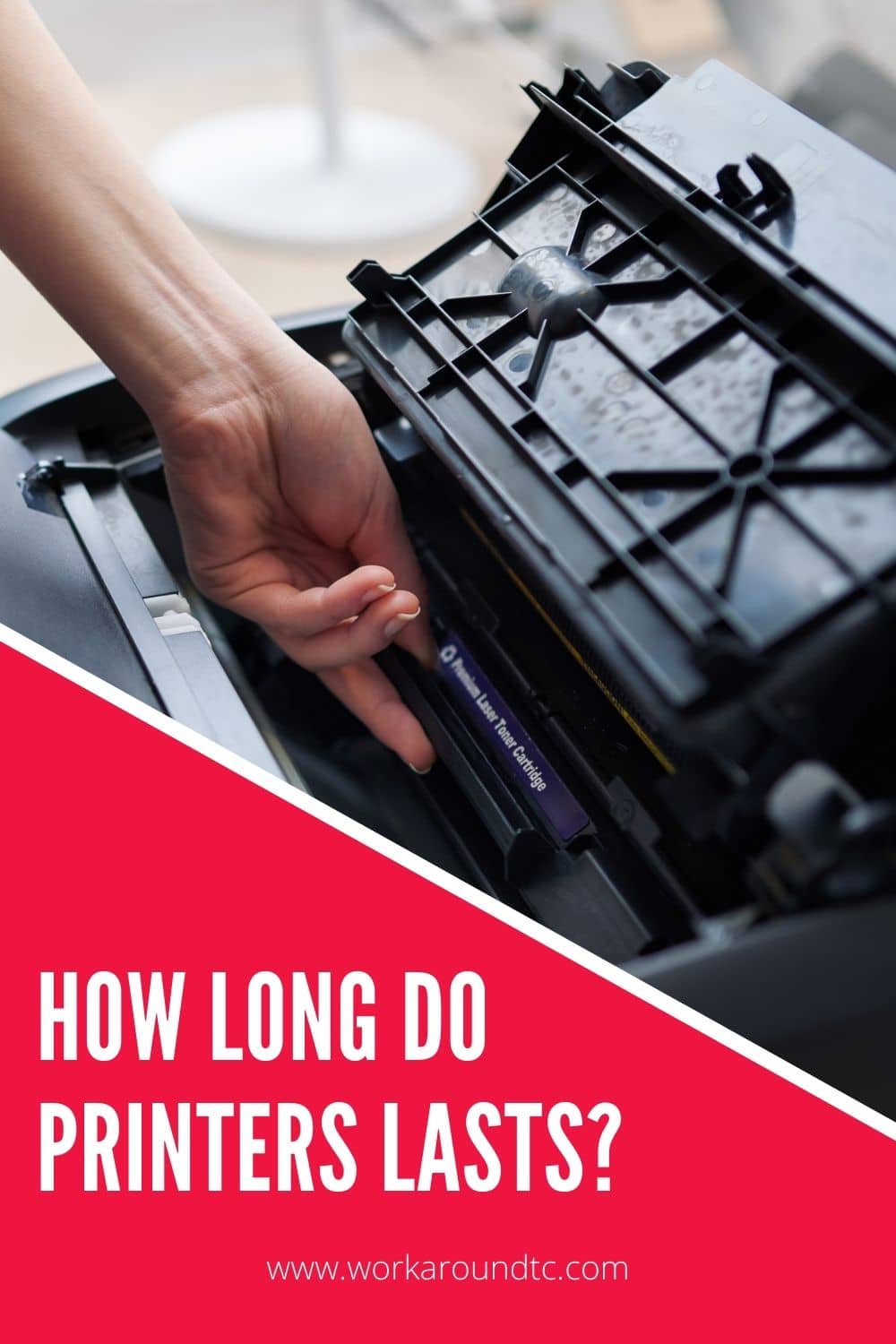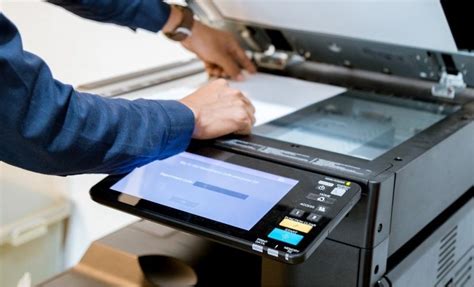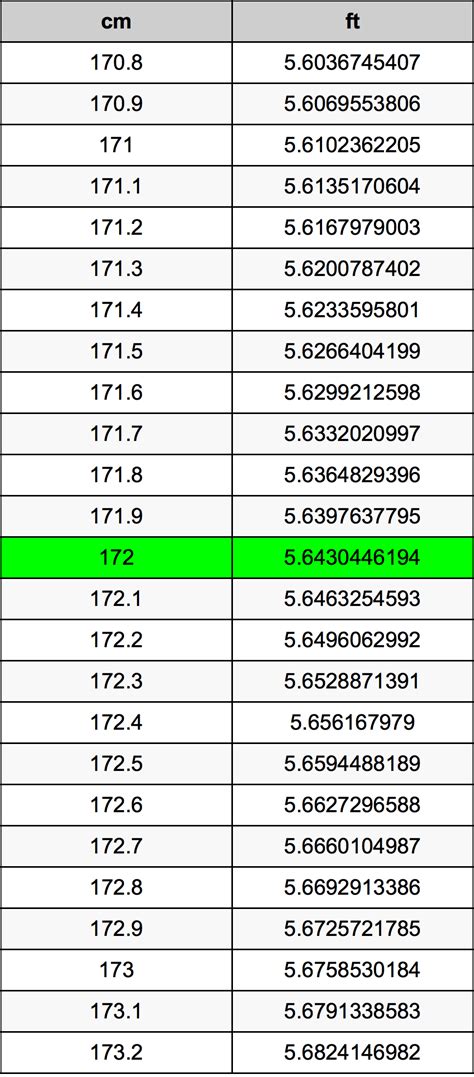The Lifespan of a Printer: Unveiled

Printers are ubiquitous devices found in homes, offices, and various workplaces, playing a vital role in producing physical copies of digital content. However, like all technological gadgets, printers have a finite lifespan. Understanding the factors that influence their longevity and the signs indicating their impending demise is essential for efficient management and cost optimization. This comprehensive guide aims to delve into the various aspects that determine the lifespan of a printer, offering insights into extending its operational life and preparing for its eventual replacement.
The Intricacies of Printer Lifespan

The lifespan of a printer is a multifaceted concept influenced by a myriad of factors. From the type of printer and its intended use to the environment in which it operates and the quality of maintenance it receives, each aspect contributes to its longevity.
Printer Type and Usage Patterns
Different printer types have varying lifespans. For instance, inkjet printers, known for their versatility and affordability, typically have a shorter lifespan compared to laser printers, which are renowned for their durability and efficiency in high-volume printing tasks. The intended usage pattern also plays a significant role. Printers used in high-traffic environments, such as busy offices or commercial printing houses, will experience more wear and tear and therefore have a shorter lifespan than those used in low-volume, personal settings.
| Printer Type | Average Lifespan |
|---|---|
| Inkjet Printers | 3-5 years |
| Laser Printers | 5-8 years |

Moreover, the specific usage pattern can impact a printer's lifespan. For example, consistently printing high-quality, detailed images or documents with complex graphics can put more strain on the printer's components, potentially reducing its lifespan. Conversely, printing simple text documents or using draft settings can help extend the printer's operational life.
Environmental Factors
The environment in which a printer operates can significantly influence its lifespan. Exposure to extreme temperatures, high humidity, or dusty conditions can accelerate wear and tear on printer components. For example, inkjet printers are particularly susceptible to changes in humidity, which can affect ink quality and print head performance.
Maintenance and Care
Regular maintenance and proper care are key to extending a printer’s lifespan. This includes tasks like cleaning the print heads, replacing consumables like ink cartridges or toner, and performing regular software updates to ensure optimal performance. Neglecting these maintenance tasks can lead to print quality issues and even permanent damage to the printer.
Additionally, handling the printer with care and avoiding rough treatment can prevent physical damage. For instance, inkjet printers are particularly sensitive to shock, and even a minor drop can damage the print head or other internal components.
Signs of an Aging Printer

As printers age, certain signs and symptoms can indicate that their operational life is coming to an end. Recognizing these signs early can help you plan for a replacement and avoid unexpected breakdowns.
Frequent Print Head Clogs
One of the most common issues with aging inkjet printers is frequent print head clogs. This occurs when the ink dries up inside the print head nozzles, causing blockages that result in poor print quality or even complete failure to print. While print head clogs can sometimes be cleared with cleaning cycles, if they become a frequent occurrence, it may be an indication that the printer is nearing the end of its lifespan.
Deteriorating Print Quality
Another telltale sign of an aging printer is a noticeable decline in print quality. This can manifest as faded or discolored prints, streaks or lines across the page, or uneven ink distribution. While these issues can sometimes be resolved by adjusting printer settings or replacing consumables, if they persist, it may be a sign that the printer’s internal components are starting to fail.
Frequent Paper Jams
Paper jams can occur in any printer, but if they become a frequent occurrence, it may indicate that the printer’s internal mechanisms are wearing out. This is particularly common in older printers, as the paper feed rollers and other moving parts can become worn or misaligned over time. While paper jams can often be resolved with simple troubleshooting, if they happen repeatedly, it may be time to consider replacing the printer.
Increased Maintenance Requirements
As printers age, they may require more frequent maintenance to keep them running optimally. This could include more frequent cleaning cycles, more frequent replacement of consumables, or even more extensive repairs. If you find yourself spending a significant amount of time and money on printer maintenance, it may be a sign that the printer is no longer cost-effective to operate and should be replaced.
Maximizing Printer Lifespan
While printers have a finite lifespan, there are several strategies you can employ to extend their operational life and get the most out of your investment.
Regular Cleaning and Maintenance
Regular cleaning and maintenance are crucial for keeping your printer in good working condition. This includes tasks like cleaning the print heads, wiping down the exterior of the printer to remove dust and debris, and ensuring that all moving parts are well-lubricated. Many printers also have built-in maintenance routines, such as print head cleaning cycles, that should be performed as recommended by the manufacturer.
Proper Storage and Handling
Proper storage and handling can also help extend a printer’s lifespan. When not in use, it’s important to store the printer in a clean, dry place, away from direct sunlight and extreme temperatures. If the printer will be stored for an extended period, consider using a dust cover to protect it from dust and debris. Additionally, when moving the printer, be sure to handle it with care to avoid physical damage.
Using High-Quality Consumables
Using high-quality consumables, such as ink cartridges or toner, can also contribute to a longer printer lifespan. Cheaper, low-quality consumables can sometimes lead to print quality issues and even damage to the printer’s internal components. Investing in reputable, high-quality consumables can help ensure optimal print quality and extend the life of your printer.
Regular Software Updates
Keeping your printer’s software up-to-date is another important aspect of maintaining its longevity. Software updates often include bug fixes and performance enhancements that can help your printer operate more efficiently and reliably. Most printers will prompt you when updates are available, but you can also check for updates manually through the printer’s control panel or software interface.
Conclusion: Preparing for Printer Replacement
Understanding the lifespan of your printer and recognizing the signs of its impending demise can help you plan for its replacement in a timely and cost-effective manner. By regularly maintaining your printer, using it appropriately, and keeping it in a suitable environment, you can maximize its operational life and ensure it continues to serve your printing needs reliably.
How often should I replace my printer’s ink cartridges or toner?
+
The frequency of ink cartridge or toner replacement depends on the printer’s usage and the type of printing being done. However, as a general guideline, inkjet printers typically require cartridge replacement every 3-6 months, while laser printers may need toner replacement every 2-3 years. It’s always a good idea to check the manufacturer’s recommendations and monitor your printer’s ink or toner levels regularly.
Can I extend the lifespan of my printer by using draft settings for simple text documents?
+
Yes, using draft settings for simple text documents can help extend your printer’s lifespan. Draft settings use less ink or toner, reducing the wear and tear on the printer’s components. This can be particularly beneficial for inkjet printers, as it helps prevent ink from drying up in the print head nozzles.
What should I do if my printer starts showing signs of aging, like frequent print head clogs or deteriorating print quality?
+
If your printer starts showing signs of aging, it’s important to take prompt action. Try performing basic troubleshooting steps, such as cleaning the print heads or adjusting printer settings. If these steps don’t resolve the issue, it may be time to consider replacing the printer. Regularly backing up your important documents and data can help ensure a smooth transition to a new printer.



